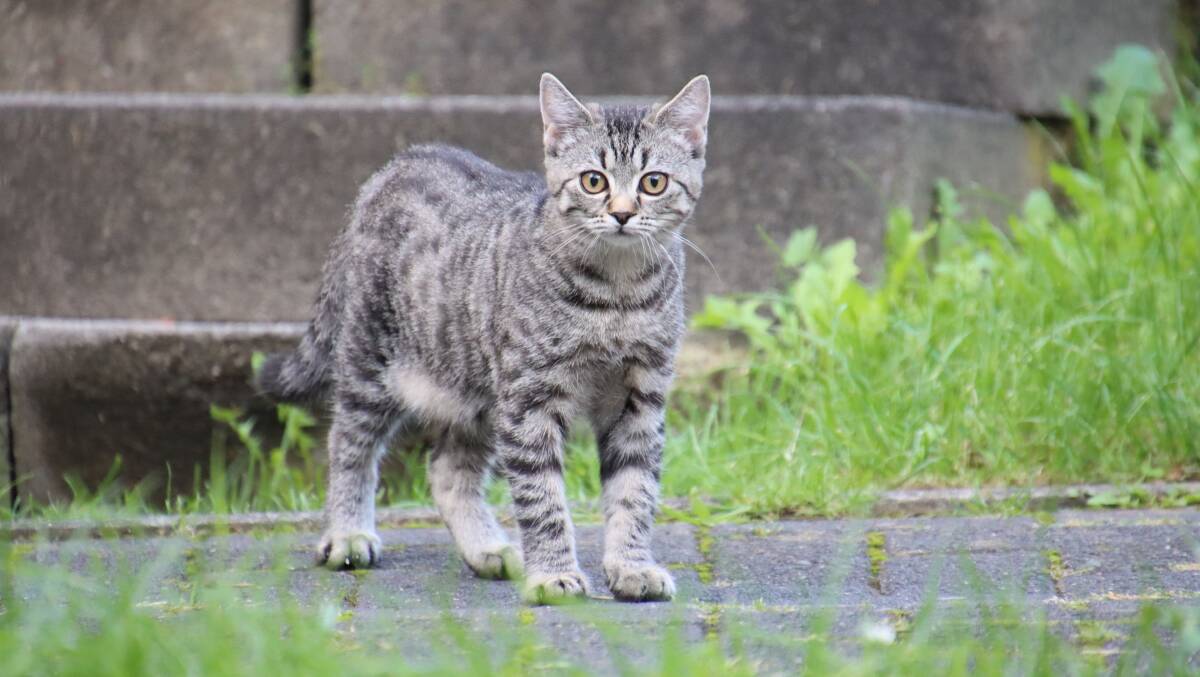
YOUR PETS
Microchipping your companion animal is a simple and effective way to ensure their safety and your peace of mind.
It involves implanting a tiny electronic chip under your pet's skin, that can then be scanned to reveal your contact information.
The importance of microchipping your pet
Microchipping your pet significantly increases the chances of re-uniting with he or she if they become lost, or roam too far, or are injured.
When a pet is microchipped, the microchip's unique number is registered with a database that includes your contact details.
Authorised users of the microchip database - including animal shelters, veterinarians and local councils - can scan the microchip and quickly find the owner's information to facilitate a reunion.
Without a microchip, identifying the owner of a lost pet can be challenging.
Unlike collars and tags, which can be lost or removed, a microchip provides a permanent method of identification that stays with your pet for life.
Cats and dogs should be microchipped
Some other species kept as companion animals can also be microchipped (e.g. rabbits).
If you have a companion animal of a species other than a cat or dog, you should discuss whether microchipping is recommended for that type of animal with your veterinarian.
It's important to know that for cats and dogs, microchipping is often a legal requirement. Ensuring compliance with local laws is another crucial reason to microchip your pet.
Check with your local authority to understand the specific requirements in your area.
You can find out more information on the RSPCA Knowledgebase.
Understanding the microchipping process
Ideally, pets should be microchipped before adoption or purchase.
However, if your pet isn't microchipped yet, schedule an appointment with your veterinarian as soon as possible.
Local councils and animal welfare organisations may also offer microchipping services.
Microchipping is a straightforward procedure that involves minimal discomfort for your pet.
Here's a closer look at what microchipping entails
- How it works: A microchip is a small electronic device, about the size of a grain of rice, implanted under the skin between the shoulder blades at the back of your pet's neck. Each chip has a unique number that is detected using a microchip scanner. The microchip number is recorded on a microchip database registry with details about the animal and owner.
- The procedure: The microchipping process is quick and similar to a routine vaccination. While some pets may feel a brief discomfort, this is minimal and short-lived.
- Maintaining up-to-date information: It's absolutely vital to keep your contact details up to date in the microchip database. This ensures that if your pet is found, you can be easily contacted. You can update your information through various registries like Pet Address or by contacting your veterinarian.
Microchipping - including keeping your contact details up to date - is a critical step in responsible pet ownership.
It provides a permanent identification method that significantly increases the likelihood of being reunited with your pet if they ever go missing.
Given its importance and the minimal discomfort involved, microchipping is a small price to pay for the safety and security of your beloved companion.
- For more information visit the RSPCA Knowledgebase.

